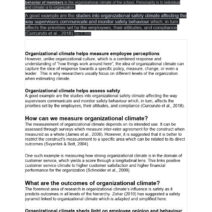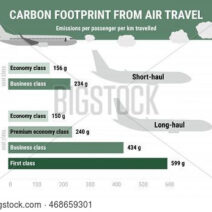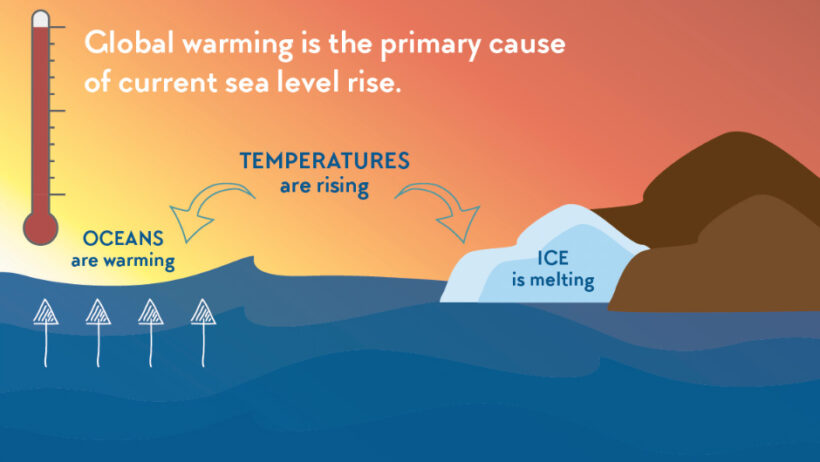As communities around the globe grapple with the escalating ramifications of climate change, the phenomenon of rising sea levels has become a focal point of concern. Rising tides evoke fears not only for immediate impacts on coastal habitats but also for the underlying systemic issues that contribute to this existential threat. This discussion delves into the multifaceted relationship between global warming and sea level rise, seeking to illuminate the causes, consequences, and potential mitigative responses.
Global warming, characterized by the persistent increase in Earth’s average temperature, is primarily driven by human activities. The combustion of fossil fuels, deforestation, and industrial processes release significant amounts of greenhouse gases into the atmosphere, creating a greenhouse effect that traps heat. This warming does not only affect air temperatures but also induces a series of geological and hydrological changes. The repercussions for the world’s oceans are profound. When water heats up, it expands—an effect known as thermal expansion. This process accounts for a considerable portion of the observable rise in sea levels.
Additionally, the melting of polar ice caps and glaciers contributes substantially to rising seas. The Greenland and Antarctic ice sheets are receding at an alarming rate, releasing vast quantities of water into the oceans. The Intergovernmental Panel on Climate Change (IPCC) warns that if current trends continue, we might witness a sea level rise of upwards of three feet by the end of the century. Such predictions spark immediate concern for coastal communities, which are often ill-prepared to adapt to significant environmental changes.
The implications of rising sea levels extend far beyond mere physical alterations of coastlines. They pose profound socioeconomic challenges. Communities in low-lying areas face the dual threats of inundation and increased frequency of severe weather events. Cities like Miami, New Orleans, and parts of the Netherlands are already experiencing ‘sunny day flooding,’ a term that describes flooding that occurs during high tides without a storm. Urban planners and local governments are forced to reevaluate infrastructure, invest in drainage systems, and, in some instances, consider the daunting prospect of managed retreat.
Although the threat to infrastructure and livelihoods is clear, rising sea levels also exacerbate environmental degradation. Mangroves, salt marshes, and coral reefs, which serve as natural barriers against storm surges, are threatened by both inundation and salinization of fresh water sources. These ecosystems are vital for biodiversity, serving as habitats for countless species that depend on them for survival. As these natural barriers erode, the risk of biodiversity loss escalates, leading to further imbalances in the ecological network.
The psychosocial dimensions of rising seas merit consideration as well. The anxiety surrounding climate change can manifest as eco-anxiety, a term that describes the psychological distress related to ecological disaster. As coastal communities face the stark reality of rising waters, feelings of helplessness and fear can permeate social cohesion. The resultant migration and displacement can fragment communities, altering socio-cultural landscapes and increasing tensions over resource allocation.
Addressing the conundrum of rising sea levels necessitates a triage of approaches, combining mitigation, adaptation, and innovative technologies. Mitigation strategies focus on reducing greenhouse gas emissions through transitioning to renewable energy sources, adopting sustainable agricultural practices, and enhancing energy efficiency. For instance, the adoption of solar and wind energy systems can significantly reduce dependency on fossil fuels and alleviate the acceleration of climate change.
On the adaptation front, coastal communities are exploring a range of protective measures. These include the construction of sea walls, the restoration of natural buffers like wetlands, and the regulation of land use to discourage building in vulnerable areas. Cities such as New York and San Francisco have initiated comprehensive climate resilience plans, establishing frameworks that account for both current and predicted sea-level scenarios. These proactive measures allow communities to brace for impending changes rather than react in the wake of disaster.
Moreover, technology offers avenues for creative solutions to battle rising tides. Innovative engineering practices are setting the stage for adaptive responses. Floating architecture, for instance, is gaining popularity in flood-prone areas, utilizing buoyant structures that can rise with the water level. Advances in green infrastructure, such as permeable pavements and green roofs, help mitigate runoff and enhance urban resilience against flooding. Cutting-edge research endeavors are also underway to catalyze carbon capture and storage technologies that achieve feasible and impactful emissions reductions.
Ultimately, understanding the nexus between global warming and rising sea levels reveals a tapestry of interconnected challenges that demand comprehensive solutions. The observed phenomenon of rising tides serves as a clarion call, urging immediate action. Collaborative efforts among governments, businesses, scientists, and engaged citizens are paramount. As the ocean continues its inexorable ascent, the time to adapt, innovate, and forge sustainable pathways toward resilience is now. The future of our coastal communities—and indeed, our planet—depends on it.







